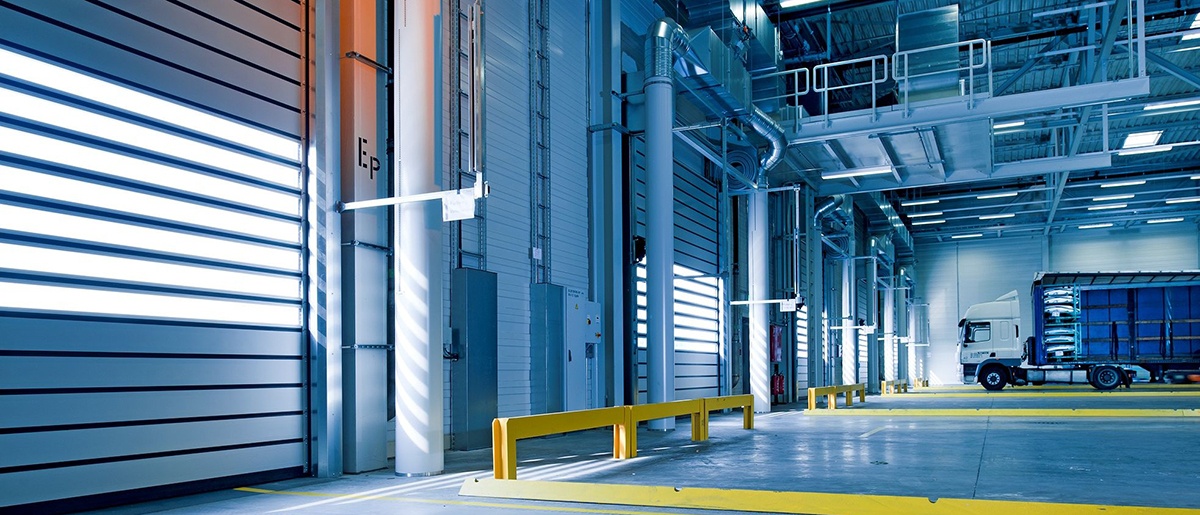We asked the question: “How can technology make warehousing and logistics more efficient?” and on Wednesday, October 18th we were joined by Daniel Dombach, Director at Zebra Technologies, for a special webinar to help answer it.

With the continued boom in ecommerce, raised expectations from the consumer and an ever-changing market place, there’s more onus than ever before on warehouses to be efficient and productive.
We live in a world where we expect next day (or even same day) deliveries, with the minimum fuss possible. It’s this demand which is driving the need for warehouses to embrace innovations to improve their efficiency.
Powerful mobile devices, the internet of things and cloud computing, have combined to fuel this need. The omnipresence of mobile devices enables employees and customers to act on real-time insights at anytime from anywhere, the internet of things means there’s a huge amount of data being captured from connected devices that makes it possible to form a deeper understanding of how the business operates, and, because of cloud computing, there’s is unprecedented access to on demand computing power to analyse and deliver real-time insights on the data being captured.
Alongside this, these our are three key takeaways from Daniel’s webinar:
Expect growth. Ecommerce drives expectations of faster delivery times, an increased volume of parcels, an escalating number of parcels to process and rapid responses to seasonal deliveries. This is why by 2020, according to a survey carried out by Zebra Technologies, we expect to see more warehouses, bigger warehouses and a greater need for them to be run as efficiently as possible. Companies are investing in warehouses and there will be more workers, more automation and more connectivity, all driven by consumer demand.
People remain vital. Far from replacing people with automation, the most efficient warehouses will be those who use technology to make their workers more efficient. For example, there are picking jobs that remain too complex for robots to carry out autonomously. With the rise of wearable technology, voice controlled picking, heads-up displays and connected glasses, people will remain an integral part to a warehouse’s success.
Improved visibility. Having the visibility of what’s happening, and when it’s happening, enables warehouse managers to opitimise and streamline their processes, doing things better, faster, and easier, with less errors. This is made possible by the intelligent use of big data and connected devices. This means efficiency can be improved, better decisions can be made and operations can easily be upscaled, while at the same time seeing greater success.
From our perspective at Quinyx, managing the workforce in the warehouse is just as important as managing the warehouse itself. Workforce management solutions like Quinyx are integrating with traditional warehouse management systems to make both the warehouse, and the workforce, as efficient as possible. For example, whether it’s Black Friday sales or the launch of a new product, being able to forecast times of peak demand, and what exactly that demand will be, can hugely improve a warehouse’s efficiency.
And by connecting Quinyx’ forecasting module to the system that monitors incoming and outgoing packages, warehouses can staff more accurately based on metrics for their own systems. We have seen this in action with Yilport who forecast staffing based on the size of the ship coming into port. For example, a vessel ‘type 5’ means they need to schedule 7 crane drivers, 5 trucks drivers and so on.
![<p data-pm-slice="1 1 []">Read more</p>](https://hubspot-no-cache-eu1-prod.s3.amazonaws.com/cta/default/1545537/interactive-303378350296.png)

